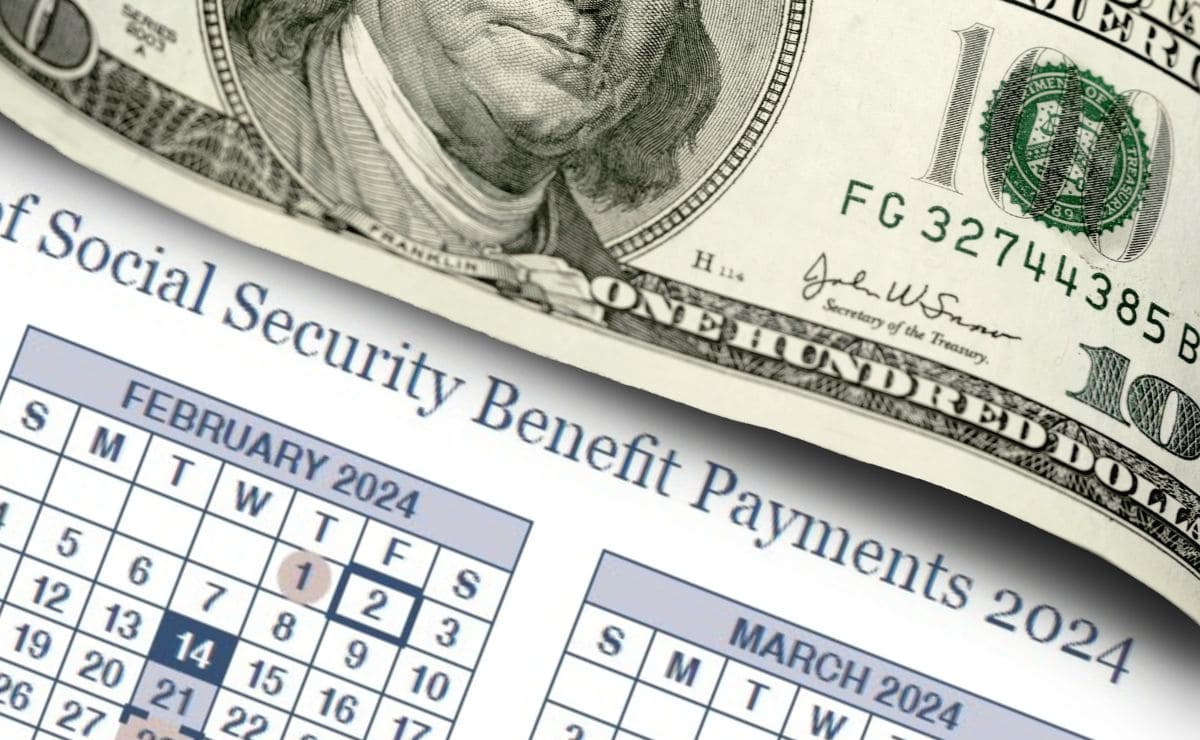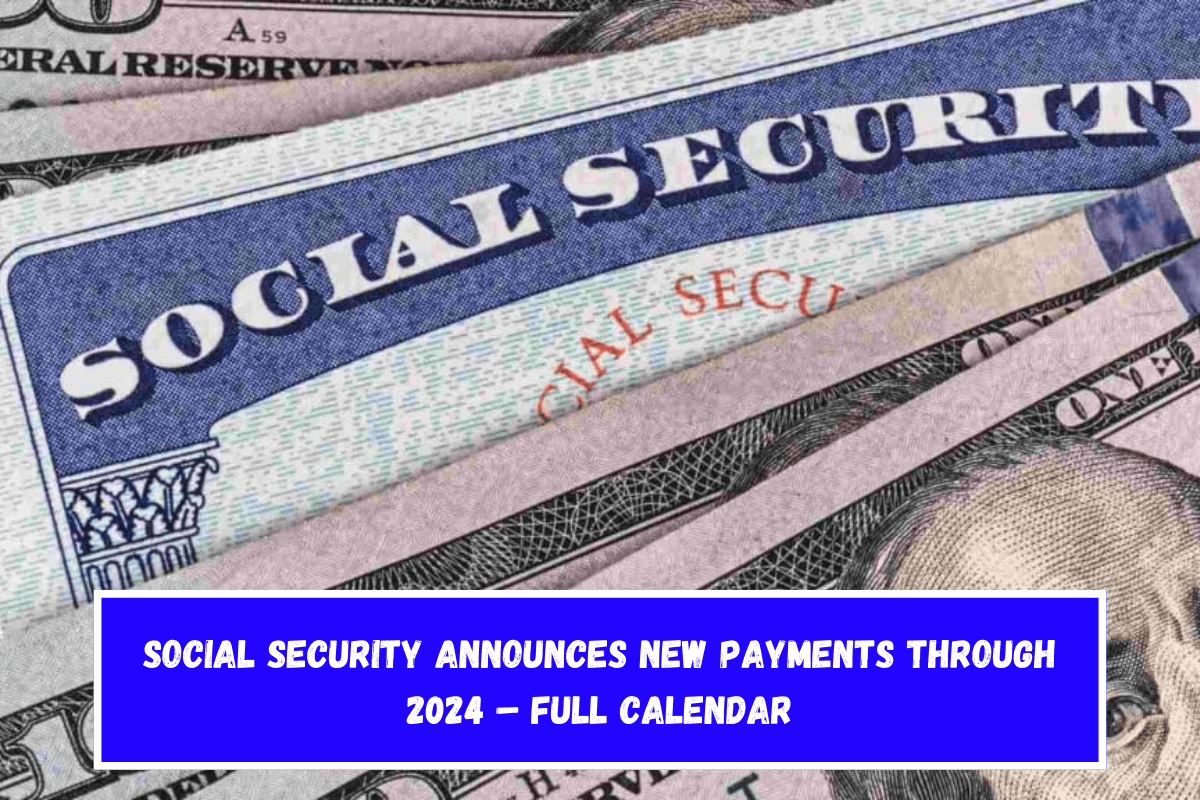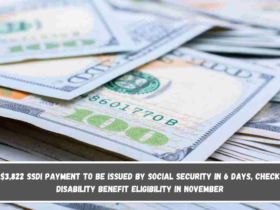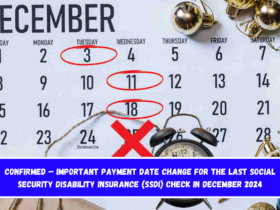The Social Security Administration gives monthly benefits to more than 70 million people across the country through its disabled, survivor, and retirement insurance programmes. These benefits make sure that people can pay their bills.
But in order to get these payments, beneficiaries must meet strict requirements, such as being fully retired, having worked, having paid enough into Social Security, and showing that they have a disability that keeps them from doing a substantial gainful activity for at least 12 months.
This is especially true for Social Security Disability Insurance (SSDI) recipients. If you are eligible for any of these programmes right now, click here to see the updated list of payments for the rest of the year.
How does the Social Security Administration schedule its payments?
Millions of people across the country get regular benefits from the federal government to help pay for things like housing, food, entertainment, medical care, and sometimes paying off debt. The SSA plans to send SSI users five payments every month, starting on the first of the month.
People who asked for OASDI benefits before May 1997 will start getting a monthly payment on the third of every month after these checks are sent out. The SSA plans three more rounds of payments based on the following conditions after these payments are sent:
| Social Security program | Benefits claiming date | Birth date between | Payment day |
| Retirement benefits
Survivor benefits Social Security Disability Insurance (SSDI) |
After May 1997 | 1st and 10th | Second Wednesday |
| After May 1997 | 11th and 20th | Third Wednesday | |
| After May 1997 | 21st and 31st | Fourth Wednesday |
It’s important to note that these payment times are not set in stone. They could change if there are federal holidays or weekends. For millions of Americans, getting Social Security benefits is one of their main sources of income.
That’s why it’s important to stay up to date on Social Security news, updates, and the official schedule so you can mark your calendar for payment times. Don’t forget that if your monthly grant doesn’t arrive on time, you should wait at least three mailing days. This is because the delay could be caused by your bank’s payment process instead of the SSA.

Social Security confirmed new payments for the end of 2024
We’d like to share with you all the approved new payments for the end of the year after going over how the Social Security payment schedule works. The next due dates for each programme are shown in the table below.
| SSI beneficiaries | First day of the month |
| September | – |
| October | 1st |
| November | 1st and 29th |
| December | 31st |
| RSDI beneficiaries who claimed before May 1997 | Third day of the month |
| September | 3rd |
| October | 3rd |
| November | 1st* |
| December | 3rd |
| RSDI beneficiaries who claimed after May 1997 | Second Wednesday | Third Wednesday | Fourth Wednesday |
| September | 11th | 18th | 25th |
| October | 9th | 16th | 23rd |
| November | 13th | 20th | 27th |
| December | 11th | 18th | 24th* |
Social Security provides different payment amounts for beneficiaries in the US
People who are supposed to get money should know that there are no set amounts because it varies on the specific needs of each person. For example, people who are retired and people who are crippled will not get the same amount of money because each programme has different rules.
But even within the same programme, people who get benefits can be eligible for smaller, regular, or bigger payments. Here are the payment amounts that are currently offered for each programme.
Supplemental Security Income benefits
- On average: $1,900
- Before reaching full retirement age or before 62: $2,710
- At full retirement age or age 67: $3,822
- After the normal full retirement age or after age 70: $4,873
Retirement benefits
- On average: $1,900
- Age 62: $2,710
- Age 67: $3,822
- Age 70: $4,873
Survivor benefits
- On average: $1,505
- Individual: $1,773
- 2 children: $3,653
SSDI benefits
- On average: $1,537
- Blind recipients: $2,590
- Maximum payment: $3,822















Leave a Reply